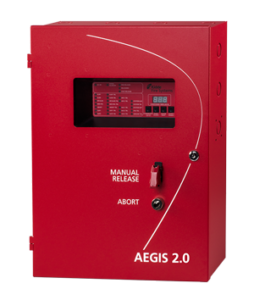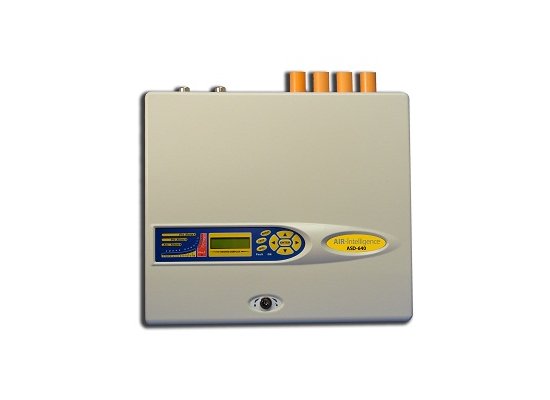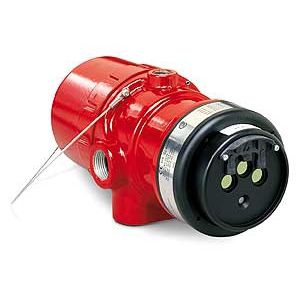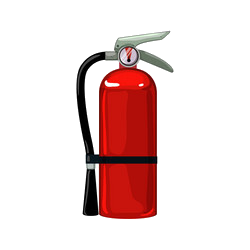Fire Detection System

Aegis 2.0 Control Panel
AEGIS 2.0 Conventional Control Units are designed for special hazard fire suppression environments. These fully featured, single-hazard control units are backwards compatible with Kidde Fire Systems, Fenwal and Chemetron systems, equipped with a full complement of input and output circuits and provide a high degree of programming flexibility.

Aries MLX Control Panel
The ARIES®-MLX is an intelligent, addressable, multi-loop Fire Alarm Suppression control unit that supports Kidde Fire Systems’ wide array of suppression products and is backward compatible with legacy Kidde fire systems, Fenwal Protection Systems and Chemetron Fire Systems agent release devices. Its versatile, expandable and networkable platform provides unique features and benefits for demanding applications that require protection of multiple hazards.

ASD System
AIR-Intelligence has unmatched sensitivity potential, providing the very earliest warning of incipient fire with minimum nuisance alarms for small, localized and discrete applications.

Gas Detectors
Det-Tronics offers a range of hazardous gas protection solutions from a single component to complete systems. Designed for protection of people, process and property in critical industrial applications—even under the most extreme conditions.

Conventional Smoke Detector
A conventional low-profile, self-diagnostic, two-wire detector which monitors its own sensitivity and operational status and is designed for the demands of commercial and industrial environments. The Optical Smoke Detector uses an advanced photoelectric sensing chamber to discriminate between smoke from a fire and nuisance smoke from non-fire sources before signaling an Alarm condition.

Addressable Smoke Detector
An intelligent device that gathers analog information from multiple optical sensors, converting this data into digital signals. Utilizing dual optical wavelengths combined with multiple detection angles.

Horn Strobe
The MT Strobes are designed for ADA applications with maximum performance, reliability and cost-effectiveness while meeting or exceeding the latest requirements of NFPA 72 (1999), ANSI 117.1, UFC (2000) and UL Standard 1971 as well as meeting ADA requirements concerning photosensitive epilepsy.

